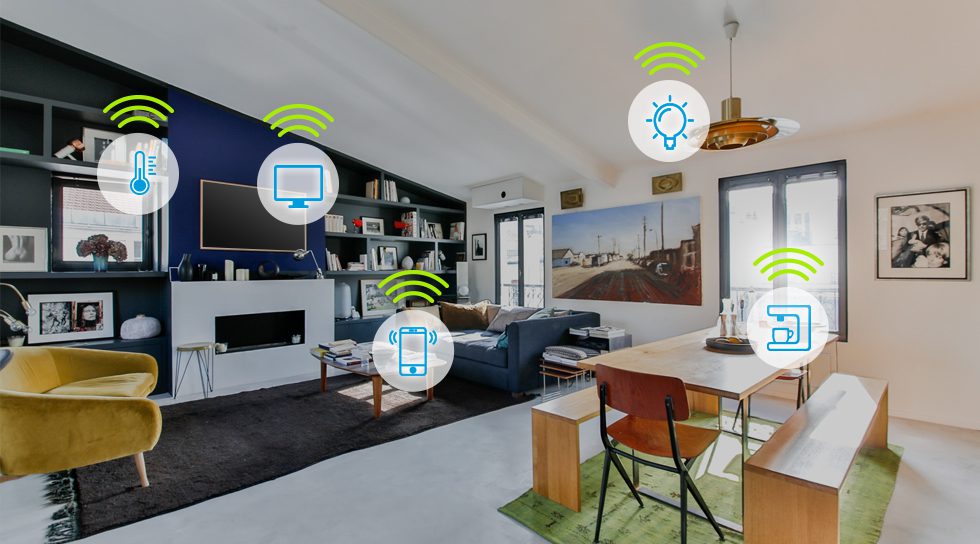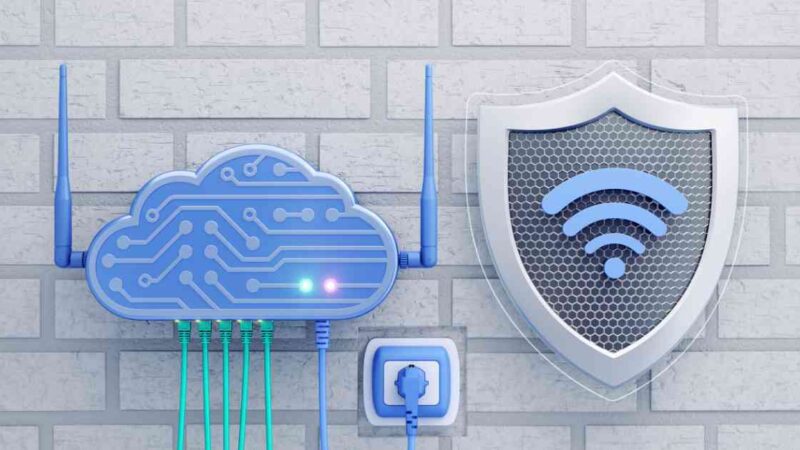How Safe is Your Home IoT Device?

It seems that in recent years whenever there is a discussion around the water cooler about anything IT related, the faces of both professionals and the general public are transformed into concerned, sullen expressions leading to a generally hushed atmosphere. The elephant in the room of course is a general distrust surrounding cybersecurity (the internet in general) and the frustration that arises from this topic.
The main reason behind this is that in recent years there has been a big uptick in malware, hacking campaigns, and privacy issues on the internet. Cybercrime has been flourishing, unfortunately, and bodes well with the convenience that 2020 brings for ‘hackers’ (home isolation). In our evermore interconnected way of life with more and more online privacy issues, there is a certain (big) topic that raises concern and needs attention; The Internet of Things, or IoT in short. There are several security challenges for IoT, and such challenges will definitely need to be addressed for a healthier, safer internet.
IoT devices can be referred to as internet-connected tools that aid us in our everyday life. These ‘things’ are networked physical objects that can range from; digital accessories such as watches to appliances in the home such as lighting and camera systems, even dishwashers. The future of the internet forecasts that as many devices as possible will be connected to the internet, via the cloud, which is why it is so important to talk about home IoT safety.
An Overview of Home IoT Devices
The idea of smart homes and the need for an ‘electronic’ assistant is nothing new. We can go back to 1966 when the ‘Echo IV’ device was released which was a basic computer that helped create shopping lists, control temperature, and so on. It never really took off, because of the exorbitant price. Today though, as high-speed internet is readily available and the demand for IoT devices is increasing, prices are falling and IoT is becoming commonplace. What will happen is that with 5G globally in place, IoT will become commonplace.
In order to visualize how IoT devices can actually improve our lives, think of this; you live in a world where IoT devices can do the following things;
- Your car can recognize you approaching (via the key), it can pull up for you, unlock or turn on the lights if it is dark
- Your smartphone can adjust the lights in your house in tandem with sensors, as well as adjust the heating or air conditioning
- Your home IoT assistant device (Amazon’s Echo, for example) can act as a hub and control anything from lights, switches, and locks to other smart home devices
- Your home IoT device can also talk to you, suggest things and look up anything on the internet
Some of the most popular home IoT brands today are;
- Amazon (home IoT assistants/hubs)
- Google’s Nest (home IoT devices)
- Apple Homekit (IoT enabled home appliances and accessories)
- August Smart Lock (home security that works via Apple Homekit)
- LIFX Smart Lighting (smart LEDs)
- Samsung SmartThings (a hub that connects Samsung’s home appliances)
Home appliance makers have shifted their focus towards compatibility with devices such as these listed above (which in no way covers all of the products available today), and this will surely be the trend for years to come.
Home IoT Security Issues
Just as any device connected to the internet today faces security risks, so do home IoT devices. According to telecommunications giant Ericsson, by 2025 there will be upwards of 25 billion IoT devices globally. Also according to them, there are a few critical takeaways regarding IoT security that the industry needs to apply;
- A reliable IoT infrastructure so that devices that run all the time are functional
- End-to-end security must be built in from the start in all devices
- Data is critical and must be accurate
- The use of 3GPP networks are recommended
- Traffic separation must be implemented for IoT devices
- TLS and IPSec protocols must be in place
- Devices must be GDPR compliant
- Devices must follow legislation and standards from regulatory bodies
So, following these guidelines, what are the safety issues concerning the IoT home today? Kaspersky has studied some of these security issues. Here’s a few of them;
- Hackers can launch a ransomware attack at your smart home, forcing you to pay up to gain back your home functionality
- Access any personal information you have shared with IoT home assistants
- Hijack your home IoT devices to extract their computing power for their own malicious purposes
Let’s follow up with some real-world examples (some are quite interesting) where IoT devices were hacked;
- Hackers gained access to a casino by breaching an internet-enabled thermometer, thereby gaining access to the customer database
- CNN vulnerability testing managed to gain access to home security cameras via a simple method because the devices were not security-enabled
- A hacker gained access to an IoT enabled baby monitor, later threatened that he will kidnap the baby
- Ring (owned by Amazon) has had multiple security camera hack incidents
- According to the FBI, smart TVs can be hacked into in order to use the integrated microphone and camera
- IoT-enabled ‘smart bulbs’ can be hacked to exploit other connected devices
To sum up, hackers can exploit smart home IoT devices, as you can see from the examples above. Not everything needs to be so gloomy though, as there is always information available and solutions to every problem.
How To Ensure Safety On Your Home IoT Devices
We have seen how much trouble home IoT enabled devices can potentially enable. However, here are some things you can modify on your devices that will definitely help with that;
- Use long, mixed, and difficult passwords on all of your devices, including your router
- Try to avoid using public Wi-Fi, or use a VPN when you do
- Set-up a guest network for your guests to use at home, as well as a separate network for your IoT devices
- Secure router by disabling WPS and enabling WPA2 protocol
- Enable all the high-level security features on your IoT devices
- Make sure that you enable automatic updates on your IoT devices
- Make sure your router is configured properly and disable unnecessary services
- Do your research and only use legitimate products and corresponding software






